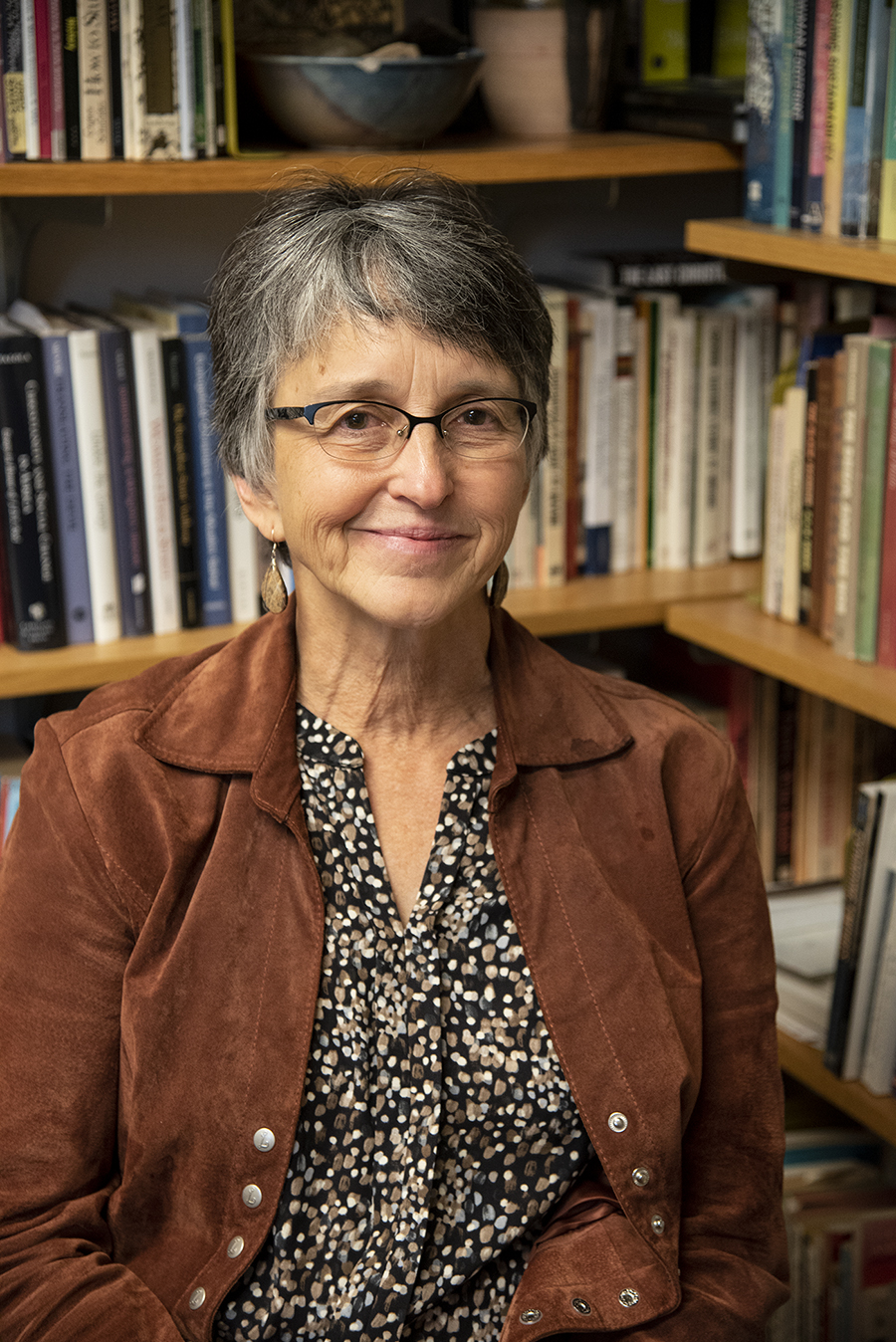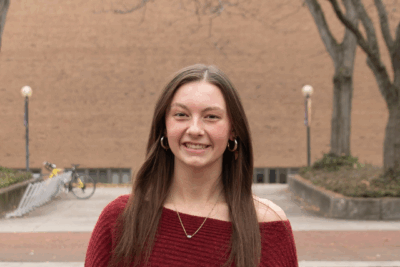Over fall break, I went to Haiti where my GC-alum son and his family work for Mennonite Central Committee which does livelihood, advocacy and disaster work with the most vulnerable. In addition to seeing our grandchildren, we went to be part of a week-long Learning Tour, introducing us to the Haitian organizations that MCC partners with across the country. Being in a group of 10 people ranging from 25 to 74 years old, most of whom had no experience in Haiti before, I saw again the magic of experiential learning – what a difference it makes when you are actually there in context, talking to real people, sitting in their yards roasting peanuts to make peanut butter or hearing about the latrine project that eliminated cholera in one year. Even the most skeptical went home with their dire narratives of Haiti dismantled and with a new, more hopeful, but infinitely more complex and troubling picture in its place that implicated the US in Haiti’s poverty. When I took students on a May term class to study Southwest History on the Hopi and Navajo reservations I saw the same transformation from staying in people’s homes and hearing their stories. Last May term I taught a CORE300 course on global poverty to SST-Alt students. The simple requirement of doing 15 hours of volunteering in a local organization that addresses poverty had a profound impact on students and made for wonderful class discussions that linked global and local, personal and institutional.
A global education, in which one experiences and reflects on life and work immersed in another culture, is good for everyone. It builds career skills as well as commitments to living for the greater good. We can statistically show that university graduates who have done study abroad have better outcomes. But at most universities study abroad is only for the elite who can pay for it above their regular tuition and most attend universities or tour in Europe. Goshen College is one of a very few colleges that requires its students to do global education as part of their tuition, room and board package and sends them to developing countries in Latin America, Asia and Africa where they are forced to grapple with the causes and consequences of poverty, inequality and global privilege. Rather than going to solve the problems of others they go as learners and receivers. Adopted by host families who give them incredible hospitality, they become like children in a new language and culture. In doing “service” they gain more than they give. Students are pushed out of their comfort zone, into the sweet spot for accelerated learning, in spite of the often slow pace of life. This experience often takes awhile to process and the alumni that we talked to about SST over Homecoming told us that it was the most significant element of their college experience. SST is not an end product but the beginning of a lifetime process. This kind of immersive global experience has been central to a Goshen College education for 50 years.But in the last number of years, fewer students are going on SST. Only 53% of last year’s graduating class participated in SST — a record that would be the envy of most universities. However, that compares to the ten-year high in 2011-12 when 71% of graduates participated in SST. This decline has many complex causes that we are working to unravel and address. The Future of SST Search Conference that was held in September struggled with the challenge of equity. Because we are convinced of its efficacy we want to make sure that every student is equipped in a globalized workplace. A Goshen global experience has to serve the needs of everyone – commuters and dorm students, international and DACA students, athletes and musicians, nursing and business majors, Mennonites and Muslims, young students or those with families, Latinx and Anglos. Although global travel and cross-cultural experience is easier and more available than ever, few have the privilege of immersion as part of a reflective academic community, if only for a semester. But a global education does not necessarily require going out of the US and an immersive cultural experience may be attained in shorter stays and in different ways. There may be many paths to SST but everyone should be able to have this experience.
What will the Goshen global experience, SST, look like in the future? How can we make it better and more accessible so that the positive outcomes are met for everyone? How can we move away from a model of SST vs SST-Alt to following various paths to fulfill an SST for everyone? I hope there will come a time when no student will ask why they should go on SST. I know just going somewhere doesn’t necessarily make the magic happen but we can be more intentional about shaping the action-reflection process and extending after return. You can be part of finding these answers by participating in the spring all-campus Future of SST Conference, from the evening of March 5 through all day March 6. Whether you have already experienced SST or not, come and give us your ideas on what the SST experience for everyone should look like.


